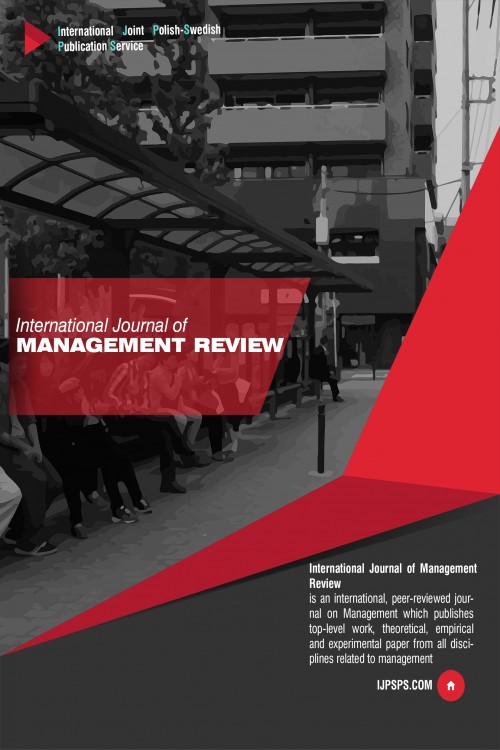
Financial Distress as a Factor Contributing to Profit Management Occurrence
Abstract
To continue their activity, the companies are in need of sufficient resources, including enough cash to be paid to the loaners. If a company lacks the ability required for acquiring resources to satisfy its needs it will be exposed to financial distress. In a confrontation with the financial distress, the companies manipulate the accounting profit as an item used for the performance evaluation. Under such circumstances, the management manipulates the accounts so as to control the profits the objective of which is providing the capital market with good information and news so as to thereby prevent the value of the company from falling. In case of account manipulation, the existential philosophy of the financial statements is harmed and they lose their reliability. The study population included the entire companies accepted to Tokio’s securities exchange market that were investigated in the time span from 2002 to 2011. The model designed by Altman (1983) was used herein to separate the companies. The model was implemented for 43 financially distressed and 43 financial sound companies. The variables of earnings’ manipulation and production costs’ manipulation were acquired by means of Ruchury model (2006) and the variable “accrual items of working capital manipulation” was acquired via Kasznik Model (1999). To examine the study hypotheses, t-statistic was used and F-statistic was utilized to figure out the overall model’s significance. In the end, the statistical results of the study indicated that the company management usually gets involved in manipulating the real items (manipulation of the earnings and production costs) in the year before going bankrupt) but it does not perform any manipulations on the accrual items of the working capital.